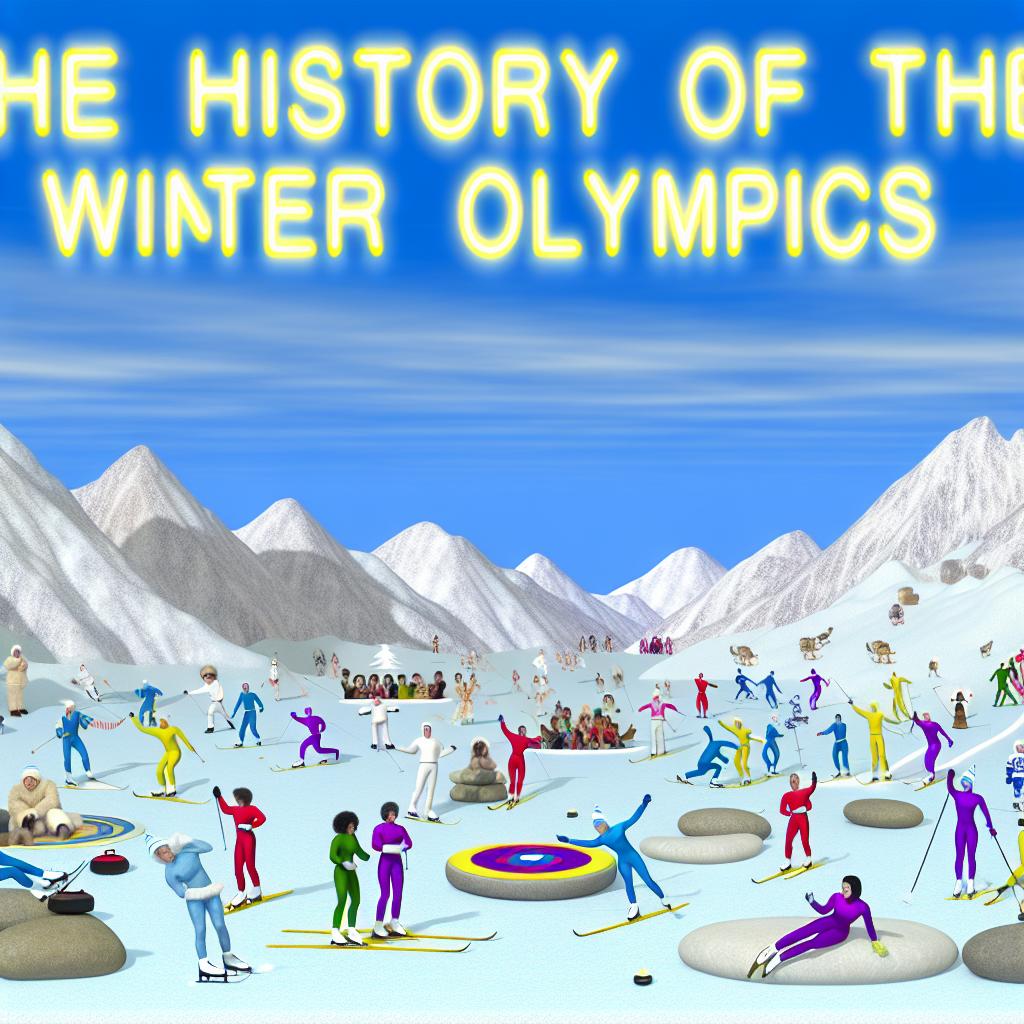Introduction to the Winter Olympics
The Winter Olympics have become one of the world’s most celebrated sporting events, attracting athletes from around the globe to compete in various winter sports. The inception of the Winter Olympics is rooted in a desire to foster international cooperation and showcase winter sports on a global stage. Over the years, this event has evolved significantly in terms of the number of sports, participating nations, and technological advancements, all of which have contributed to its enduring popularity and significance.
Origins of the Winter Olympics
The concept of the Winter Olympics was inspired by the success of the Summer Olympics, which had been revived with the first modern edition in Athens in 1896. As interest in winter sports grew, the International Olympic Committee (IOC) began to consider organizing a winter sports competition. Initially, winter sports were included as part of the Summer Games. This approach reflected the ambition of the Olympic movement to encompass a wide range of human athletic achievements.
In 1924, the first official Winter Olympic Games were held in Chamonix, France. This event, initially termed “International Winter Sports Week,” served as a groundbreaking platform for winter sports and athletes. It was organized under the auspices of the French National Olympic Committee, and though it was not initially recognized as an official Olympiad, the success of the event was undeniable. It was later retroactively named the first Winter Olympics by the IOC, marking the formalization of winter sports on the Olympic stage.
Development and Growth
In its early years, the Winter Olympics featured only a handful of sports, such as figure skating and ice hockey. These sports were among the most popular at the time and provided a solid foundation for growth. The inclusion of these sports also set the stage for the Winter Olympics to become a versatile and comprehensive sporting event.
As the event gained popularity, the range of sports began to expand. By the mid-20th century, events such as alpine skiing, bobsleigh, and Nordic combined had been added, enhancing the diversity of the Games. The addition of these sports not only increased the athletic challenge but also drew in a wider audience, appealing to fans of different sports and further establishing the Winter Olympics as a major international competition.
The Games were held every four years and continued to grow significantly. By the 1992 Games in Albertville, France, the number of sports and events had increased dramatically, reflecting a growing interest in winter sports worldwide. In 1994, the IOC decided to shift the Winter and Summer Games to alternate even-numbered years, beginning with the Winter Games in Lillehammer, Norway. This decision was pivotal, as it allowed the Winter Olympics to shine on their own, rather than being overshadowed by the Summer Games.
Modern Evolution
The Winter Olympics have evolved considerably, reflecting changes in technology, global politics, and the culture of winter sports. Advances in equipment and training methods have pushed athletes to achieve new levels of performance, resulting in ever-more thrilling competitions. These improvements have not only made the sports more competitive but also safer, as better equipment reduces the risk of injury.
Since the late 20th century, new sports, such as snowboarding and freestyle skiing, have been introduced. These additions have been particularly significant in broadening the appeal of the Games to younger audiences. Snowboarding, for example, has captured the imagination of youth worldwide, adding a fresh dynamism to the traditional lineup of winter sports. These contemporary sports reflect changing cultural trends and the growing influence of extreme sports.
Moreover, the Winter Olympics have increasingly become a platform for showcasing technological innovations, from the design of the sporting venues to the equipment used by athletes. The introduction of artificial snow-making, for example, has ensured consistent and predictable surface conditions, allowing for more reliable scheduling of events. Additionally, the use of advanced timing and scoring systems has enhanced the precision and fairness of competitions.
These innovations have all contributed to maintaining the relevance of the Winter Olympics in an ever-evolving sporting landscape. With every edition, the Winter Olympics strive to maintain the Olympian spirit of unity and competition while adapting to contemporary interests and innovations, ensuring its perpetual appeal and significance.
Conclusion
The Winter Olympics stand as a testament to the power of sport to bring people together from across the world, celebrate perseverance and athletic prowess, and showcase the unique challenges and beauty of winter sports. As a continuing tradition, it celebrates not only athletic achievement but also the spirit of global cooperation and peace. The history of the Winter Olympics is a rich tapestry of competition, innovation, and international camaraderie, offering a window into the evolving nature of sports and society.
For future generations, the Winter Olympics offer an enduring legacy of inspiration, challenging each athlete and spectator to engage with the values of excellence, friendship, and respect. The Games continue to adapt, reflecting broader social and technological changes, ensuring that they remain at the forefront of international sports. For more detailed historical insights and updates, consider exploring resources such as the official Olympics website.
